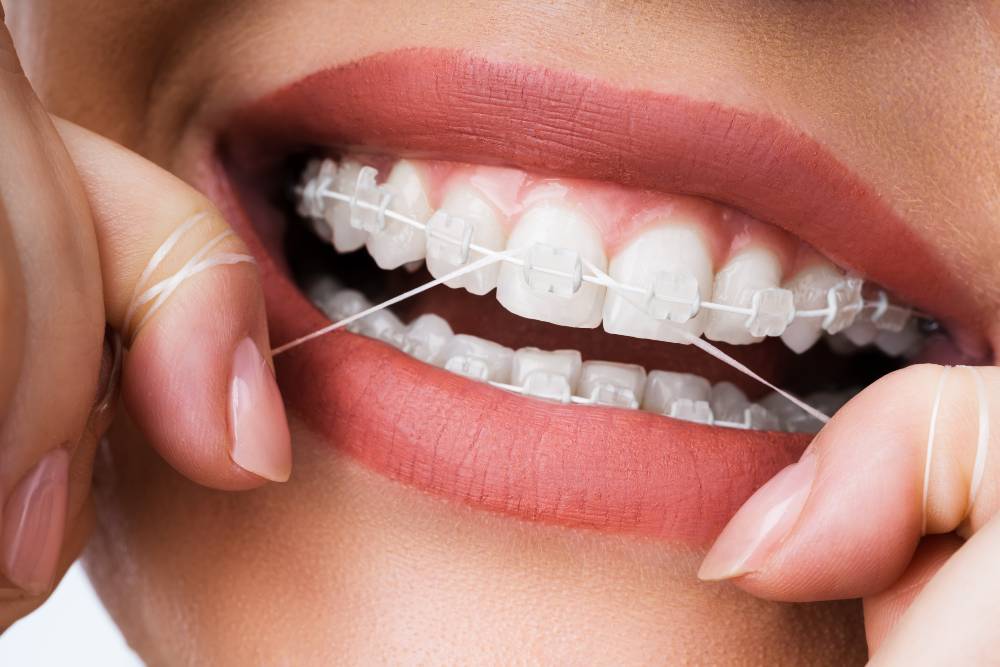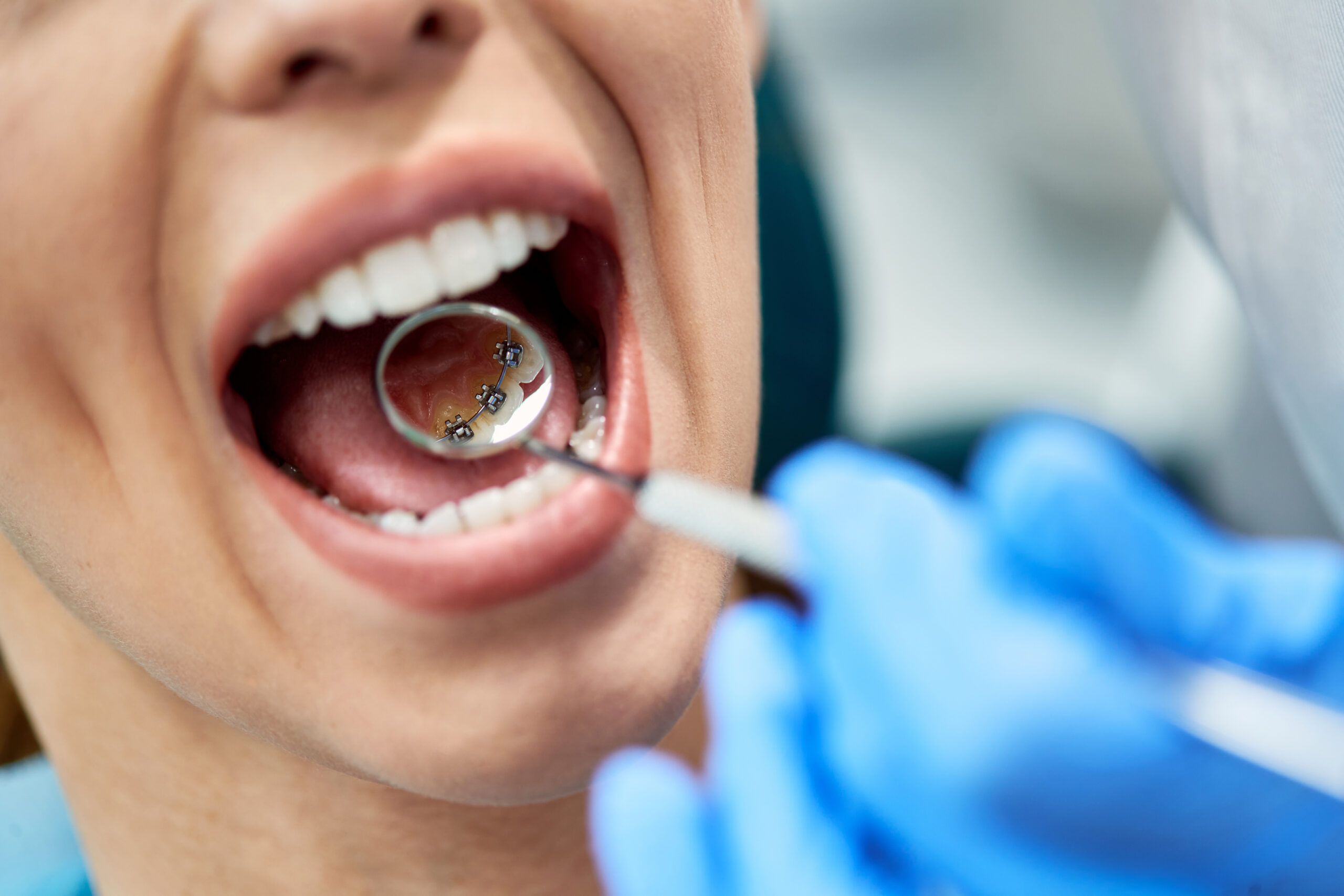All about Legacy Orthodontics
All about Legacy Orthodontics
Blog Article
The Ultimate Guide To Legacy Orthodontics
Table of ContentsAll About Legacy OrthodonticsThe 7-Second Trick For Legacy OrthodonticsThe 45-Second Trick For Legacy OrthodonticsThe Only Guide for Legacy OrthodonticsLegacy Orthodontics Things To Know Before You Buy
In enhancement, we supply flexible therapy routines, flexible repayment options and a fun, pleasurable experience.An orthodontist is a dental expert trained to identify, avoid, and deal with teeth and jaw abnormalities. Orthodontists work with people of all ages, from kids to adults.
Malocclusion, or misaligned teeth, can lead to oral concerns, including dental caries, periodontal condition, and challenging or agonizing chewing. However not everybody is birthed with straight teeth. If you have a bad bite or big areas between your teeth, you might desire to get in touch with a dentist focusing on orthodontic care.
The Best Guide To Legacy Orthodontics
( Photo Credit History: DigitalVision/Getty Images) Orthodontists use taken care of and detachable oral tools, like dental braces, retainers, and bands, to change the position of teeth in your mouth. Orthodontic therapy is for oral problems, including: Uneven teethBite problems, like an overbite or an underbiteCrowded teeth or teeth that are also far apartJaw misalignmentThe goal of orthodontic treatment is to boost your bite.
A healthy and balanced bite ensures you can consume, chew, and talk appropriately. While you could think about orthodontists as primarily for youngsters or teens who need dental braces, they can correct dental problems at any age. Orthodontists attend university, oral school, and orthodontic college. After college graduation, they spend 2 or 3 years in an orthodontic residency program.
, but not all dental professionals are orthodontists. They focus on 2 areas: Just how to properly and securely relocate teeth How to correctly direct development in the teeth, jaw, and faceOnce an orthodontist has completed training, they have the option to become board certified.
Not known Details About Legacy Orthodontics
Misalignment, or malocclusion, is the most usual factor individuals see an orthodontist. It is hereditary and is the result of dimension distinctions in between the upper and reduced jaw or between the jaw and teeth. Malocclusion causes tooth congestion, an askew jaw, or irregular bite patterns. Malocclusion is generally treated with: Your orthodontist attaches metal, ceramic, or plastic square bonds to your teeth.
If you have just minor malocclusion, you might be able to make use of clear braces, called aligners, as opposed to standard dental braces (https://writeablog.net/legacyortho/your-smile-deserves-the-best-choose-a-leesburg-orthodontist). Some individuals need a headwear to help move teeth right into line with stress from outside the mouth. After braces or aligners, you'll need to wear a retainer. A retainer is a personalized tool that maintains your teeth in place.
They can develop extra room in the mouth without having to pull teeth. Orthodontists utilize cables, medical screws, or plates to sustain your jaw bone.
You may require to see an orthodontist if you have: Crowding or not adequate space for all of your teethOverbite, when your upper teeth come your bottom teethUnderbite, when your base teeth are too much forwardSpacing or concerns with gapsCrossbite, which is when your upper teeth fit behind your base teeth when your mouth is closedOpen bite or a vertical space between your front base and upper teethMisplaced midline, when the center of your bottom and upper teeth do not line up Fixing an oral malocclusion can: Make biting, eating, and speaking easierImprove the balance of our face and your total appearanceEase pain from temporomandibular joint conditionsSeparate your teeth and make them easier to clean up, aiding avoid tooth decay or cavities It's typically a dental practitioner that initially notices misaligned teeth during a regular exam.
Excitement About Legacy Orthodontics

During your first orthodontic consultation, you'll likely have: A dental examPhotos taken of your face and smileDental X-raysPanoramic (360 level) X-rays of your face and headImpressions to develop mold and mildews of your teethThese examinations will help your orthodontist recognize just how to wage your treatment. invisalign. An orthodontist is a dental professional who's had training to treat your teeth and jaw
Orthodontists might execute surgical procedure, exams,X-rays,and even more to aid you achieve a much more comfy, healthier smile. An orthodontist is concentrated on your bite, so something like a damaged tooth would be dealt with by a dental professional. Orthodontists are dentists but not all dental professionals are orthodontists. Orthodontists are concentrated on your bite, or the way your teeth fit with each other, and the straightness of your teeth.
Ever asked yourself exactly how stars constantly appear to have completely lined up teeth? The solution typically hinges on the skilled hands of an orthodontist. Yet just what does an orthodontist do? Orthodontists are dental professionals that concentrate on fixing abnormalities in the teeth and jaws. Their see experience goes past just producing a gorgeous smile; it reaches enhancing your general oral health and function.
What Does Legacy Orthodontics Mean?

While dental braces are one of the most generally acknowledged orthodontic therapy, orthodontists have a varied toolkit at their disposal. The specific method selected depends upon the severity of the instance, the client's age, and specific preferences. These reliable braces use a system of braces adhered to the teeth and attached by cables.
These detachable trays are personalized to progressively move the teeth's setting. In cases of narrow jaws, palatal expanders can be used to develop space for correct tooth positioning.
Report this page